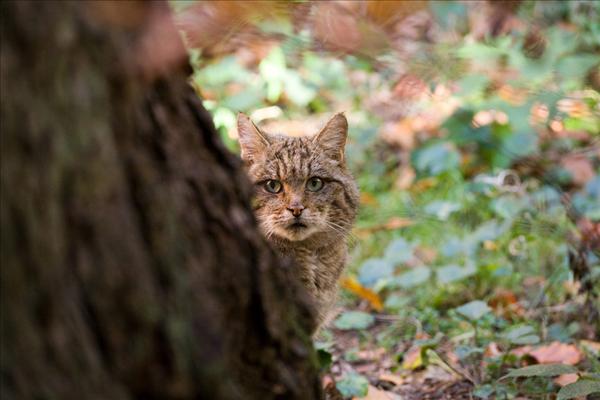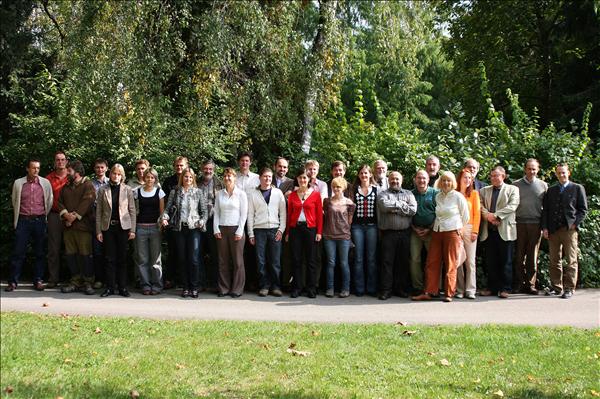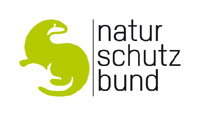The Wildcat Platform is a co-operation between different Austrian organisations committed to the protection and the promotion of wildcats in Austria. Its duty is to coordinate any Austrian activities observed by the National Park Thayatal and the Coordination and Wildcat Reporting Office of the NATURSCHUTZBUND Austria (Nature Protection Society of Austria).
It started with a research project of the National Park Thayatal in which the occurrence of wildcats could be established several times. Based on this, the Nature and Biodiversity Conservation Union Austria mandated, with the support of Austrian Federal Forests 2007/08, a study of the potential habitats of wildcats and initiated the Wildcat Species Conservation Project.
It started with a research project of the National Park Thayatal in which the occurrence of wildcats could be established several times. Based on this, the Nature and Biodiversity Conservation Union Austria mandated, with the support of Austrian Federal Forests 2007/08, a study of the potential habitats of wildcats and initiated the Wildcat Species Conservation Project.
It started with a research project of the National Park Thayatal in which the occurrence of wildcats could be established several times. Based on this, the Nature and Biodiversity Conservation Union Austria mandated, with the support of Austrian Federal Forests 2007/08, a study of the potential habitats of wildcats and initiated the Wildcat Species Conservation Project.
It started with a research project of the National Park Thayatal in which the occurrence of wildcats could be established several times. Based on this, the Nature and Biodiversity Conservation Union Austria mandated, with the support of Austrian Federal Forests 2007/08, a study of the potential habitats of wildcats and initiated the Wildcat Species Conservation Project.












